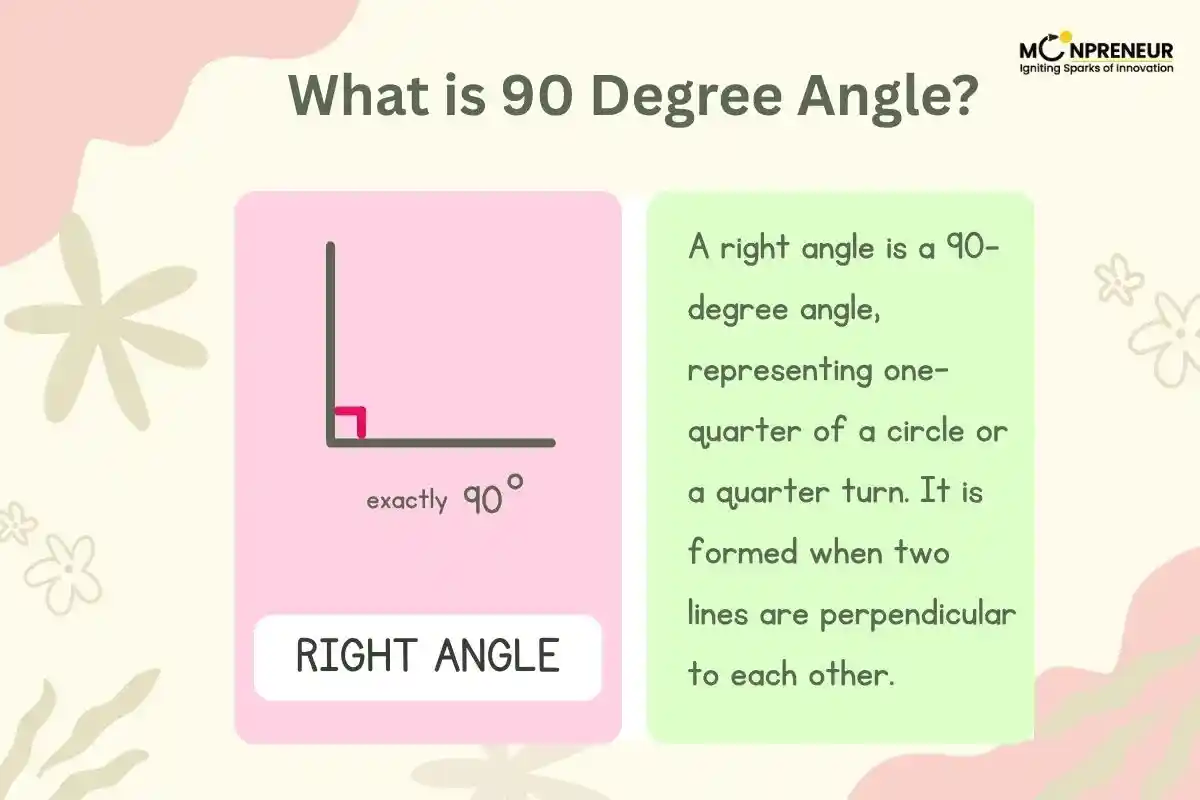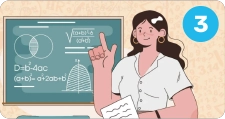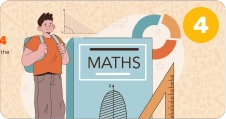Introduction: Understanding the Basics of Angles
Geometry plays a vital role in a child’s math journey, and understanding angles is one of the most fundamental concepts. Among the different types of angles, the 90 degree angle stands out as one of the most important. Commonly known as a right angle, it appears frequently in both math and the real world.
What is a 90 Degree Angle?

A 90 degree angle is an angle that measures exactly 90 degrees. It forms a perfect “L” shape, where two lines meet to form a right angle. In geometry, it is one of the key reference angles used to define other types of angles such as acute (less than 90°) and obtuse (more than 90°).
How to Identify a Right Angle?
You can identify a 90 degree angle by looking for:
- A square corner shape
- A small square symbol at the vertex
- Perpendicular lines intersecting each other
- In diagrams, a small square in the corner indicates it’s a right angle.
Visual Tip: Use the corner of a piece of paper or a protractor to check if an angle is 90 degrees.
90 Degree Angle Examples in Real Life
The 90 degree angle isn’t just a classroom concept—it’s everywhere around us! Here are some everyday examples:
- Corners of books and papers
- TV screens and phone screens
- Door frames and windows
- Chessboards or tile floors
- Street intersections
Types of Angles Compared to 90 Degrees
Understanding a right angle helps students easily recognize other angles:
- Acute Angle: Less than 90°
- Right Angle: Exactly 90°
- Obtuse Angle: More than 90° but less than 180°
- Straight Angle: Exactly 180°
This classification helps children improve their geometry and angle identification skills.
Importance of Learning 90 Degree Angles
Teaching children about 90 degree angles strengthens their foundation in geometry and improves spatial awareness. It also enhances:
- Problem-solving skills
- Measurement accuracy
- Architecture and design understanding
- Math confidence
It’s also essential in coding, robotics, art, and construction.
How to Draw a 90 Degree Angle
Step-by-step method using a protractor:
- Draw a straight baseline
- Place the protractor midpoint at the starting point.
- Mark a point at 90° on the protractor.
- Connect the point with the baseline to form a right angle.
Conclusion: The Cornerstone of Geometry
The 90 degree angle, or right angle, is a critical concept that supports future learning in math, design, engineering, and more. It is one of the first and most essential angles students should master. By recognizing it in real-life objects and shapes, children can better understand their environment and improve their analytical thinking.
Want to spark your child’s interest in math and boost their skills? Moonpreneur’s online math curriculum stands out because it engages kids with hands-on lessons, helps them apply math in real-life situations, and makes learning math exciting!
You can opt for our Advanced Math or Vedic Math+Mental Math courses. Our Math Quiz for grades 3rd, 4th, 5th, and 6th helps in further exciting and engaging in mathematics with hands-on lessons.
Related Blogs:
How to Teach Adjacent Angles to Kids | Simple & Fun Guide
What are Congruent Angles?
Understanding Alternate Interior Angles
What is the Area of Trapezoid?
What is the Area of Parallelogram?
Understanding the Geometry Regents: A Comprehensive Guide
How to Prepare for the Geometry Regents: Study Plans & Practice
The Art of Geometry: How to Draw an Equilateral Triangle Inside a Circle













